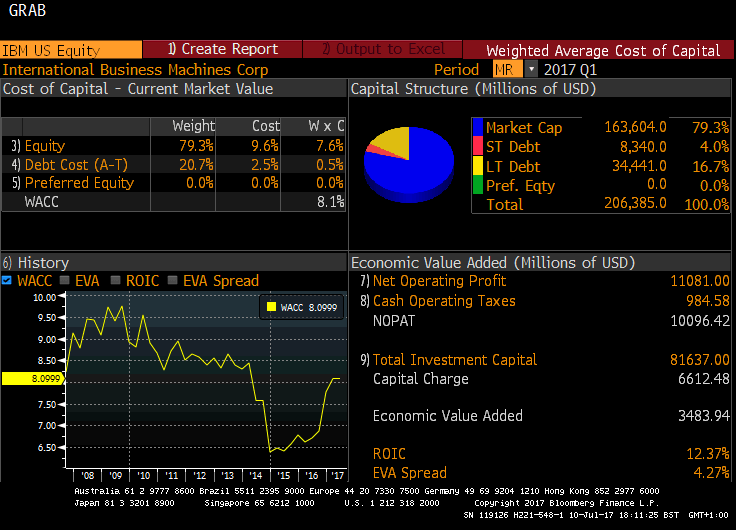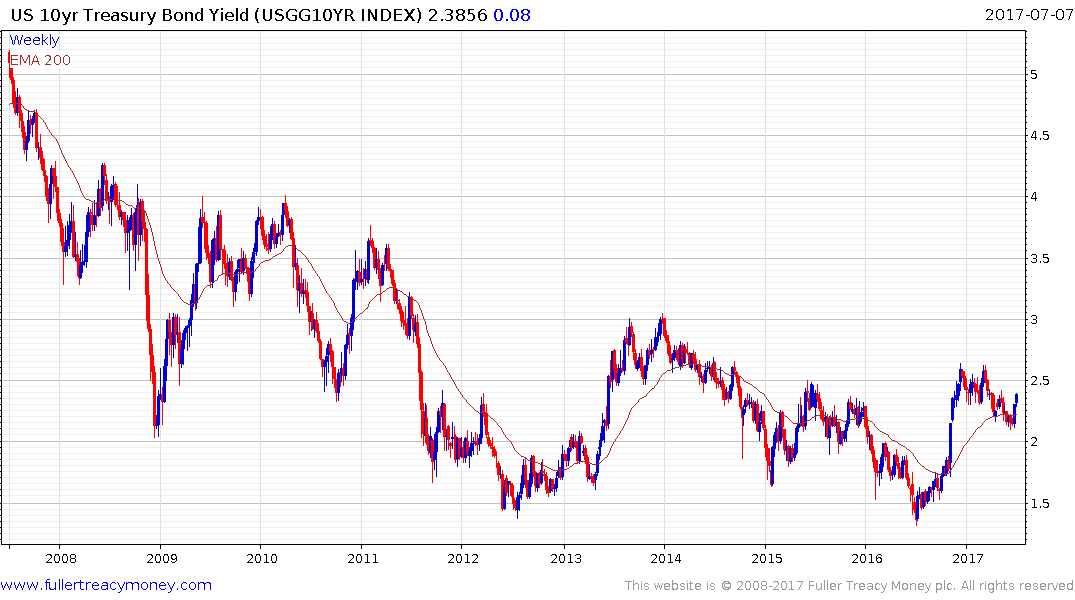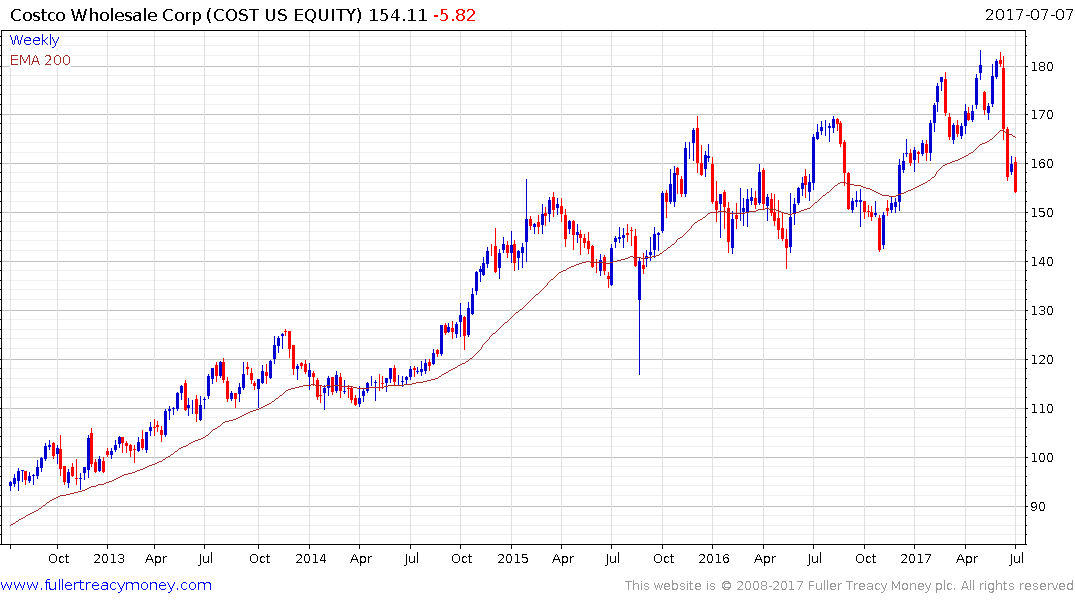US Equities: Unwinding the Yellen Leveraged Buyout
Thanks to a subscriber for this article by R. Christopher Whalen for theinstitutionalriskanalyst.com which may be of interest. Here is a section:
So our message to the folks in Jackson Hole this week is that the end of the Fed’s reckless experiment in social engineering via QE and near-zero interest rates will end in tears. “Momentum” stocks like TSLA, to paraphrase our friend Dani Hughes on CNBC last week, will adjust and the mother of all rotations into bonds and defensive stocks will ensue. We must wonder aloud if Chair Yellen and her colleagues on the FOMC fully understand what they have done to the US equity markets.
The notion that five years of market manipulation by the FOMC (and other central banks, to be fair) can end happily seems rather childish, especially when you consider that the other great accomplishment by the Fed during this period is a massive increase in public and private debt. Once the hopeful souls who’ve driven bellwethers such as TSLA and AMZN into the stratosphere realize that the debt driven game of stock repurchases really is over, then we’ll see a panic rotation back into fixed income and defensive stocks.
The period from QE 1 in 2012 represents one of the most reckless episodes in the history of the US central bank, a period where the FOMC essentially encouraged a partial LBO of the US equity markets. The key question for the FOMC and investors seems to be this: How much new equity issuance can the markets support if public companies eventually need to reduce debt and rotate out of the LBO trade constructed by Yellen & Co?
Corporate credit spreads are the key indicator to watch, both in terms of the economy and the financial markets. It’s a game of financial musical chairs. Ray Dalio, Janet Yellen and all of us are dancing. When does the music stop?
Massive monetary accommodation where interest rates have been driven to unprecedented low levels has resulted in a boom in financial engineering. Issuing new debt when it is so cheap is a no brainer when it can be used to reduce total debt servicing costs and to buy back relatively expensive equity.

For example, let’s look at a company like IBM which has been buying back its shares for what feels like forever. On a weighted average cost of capital basis its debt costs 0.5% while equity costs 7.6%. The yield on its A+ 2025 7% bonds is 3.07% while the equity yields 3.9%. As long as the servicing cost on the equity exceeds that of the debt there is a logical argument for continuing to buy back the equity from a corporate finance perspective.
I agree the big questions for what is now the status quo will arise when bond yields rise which would pressure credit spreads. However, the timing of that event is the trillion Dollar question.

US 10-year Treasury yields continue to firm from the region of the trend mean and are now testing the progression of lower rally highs evident since December. A sustained move above 2.4% would signal more than temporary supply dominance. Medium-term the yield has been ranging between 1.5% and 3% since 2011 so a sustained move above 3% would represent a potentially important Rubicon.
.png)
The iBoxx $ Liquid High Yield Index recovered impressively from the 2015 shakeout to move to new highs but has lost momentum this year and a break in the progression of higher reaction lows would likely signal a peak of more than near-term significance.

The massive reaction against the prevailing trend posted by Costco over the last few weeks as well as the steep declines in a large number of big box stores that employ millions of people represents a potent brake on inflationary pressures that could be building so monitoring the bond markets now is more important than ever because of the role liquidity has on the stock market.


